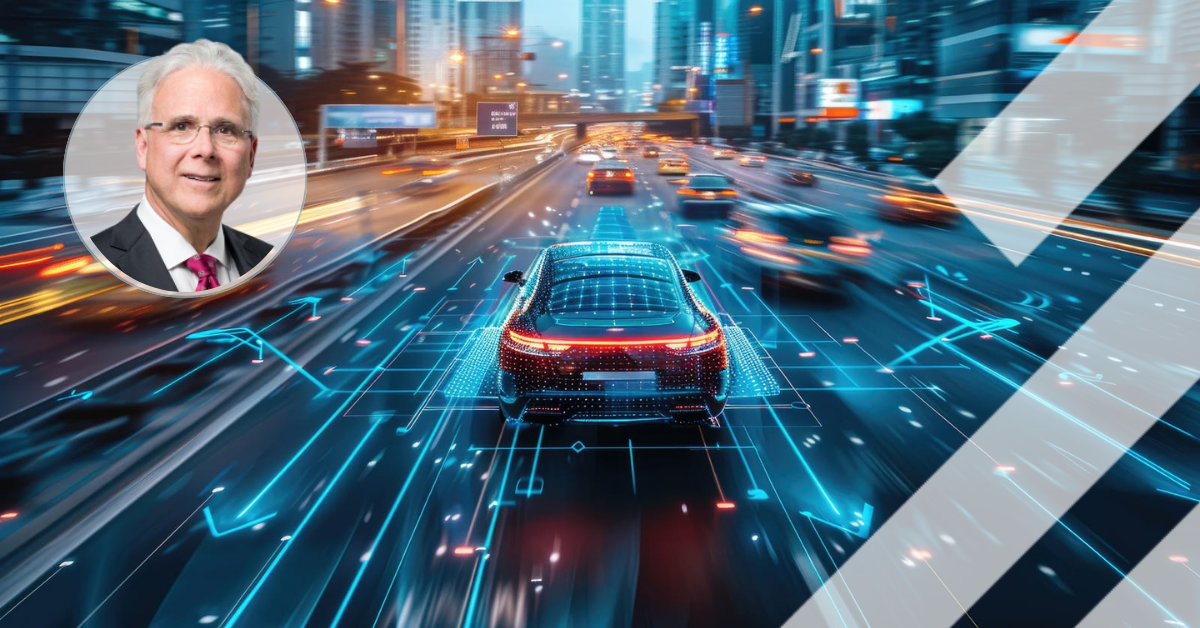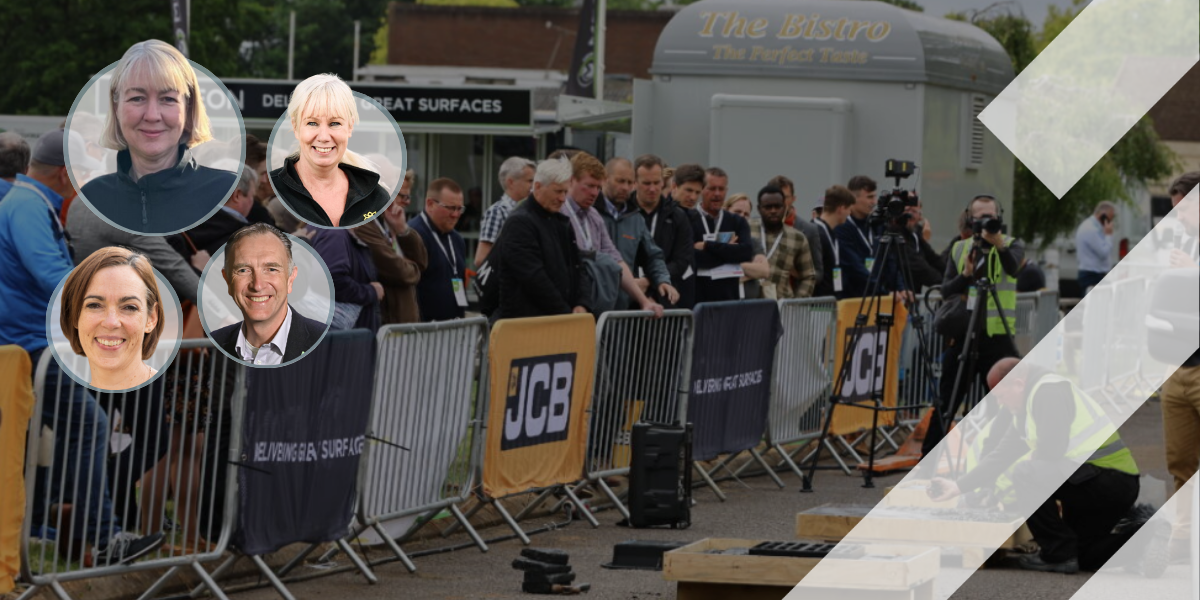In a post-pandemic world where climate goals, digital innovation and changing lifestyles converge, Europe (and the UK) are leading a quiet but powerful revolution in urban mobility. From AI-guided bike lanes to the 15-minute city, here’s how smart transport is reshaping and reimagining how we move through our cities.
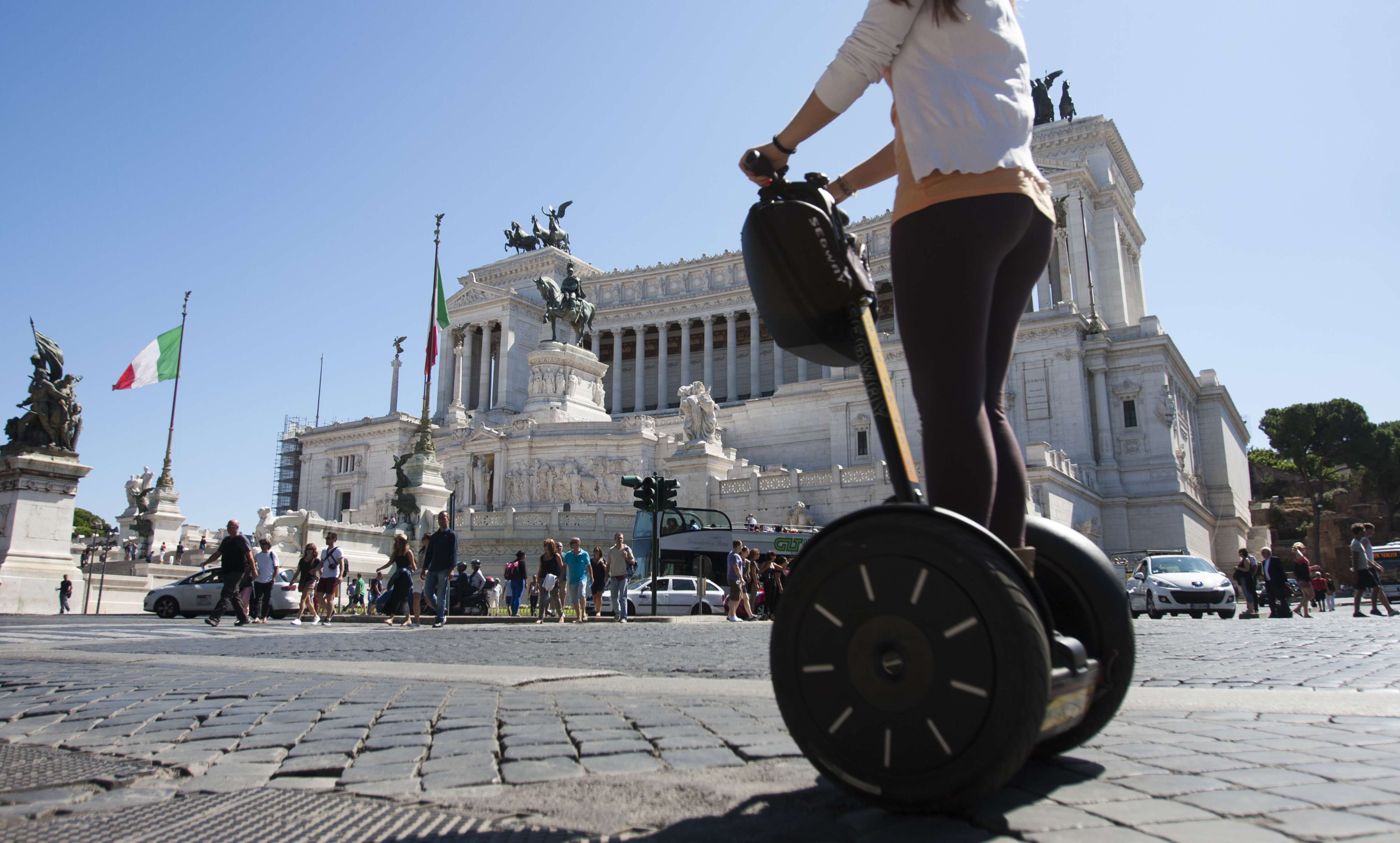
(Credit: Bianco Blue/Dreamstime.com)
Urban mobility, a key subset of the broader smart transport ecosystem, has become one of the most dynamic arenas in the effort to make cities cleaner, more efficient and more liveable. Across Europe and the UK, city planners, technologists and policymakers are reimagining how people get from A to B, prioritising sustainability, data-driven infrastructure and human-centric design.
The shift is being driven by multiple converging trends: climate change imperatives, population growth in urban centres, the public’s appetite for active travel and the maturation of smart technologies. As cities seek to reduce car dependency, boost public transport and encourage micro-mobility, Europe has become something of a testbed, a living lab if you will, for the future of movement.
The 15-Minute City Takes Shape
First proposed by urbanist Carlos Moreno and adopted most notably in Paris, the concept of the 15-minute city, where residents can access all essential services within a 15-minute walk or cycle, has started to be considered a feasible option across the continent.

(Credit: Gilles Bizet/Dreamstime.com)
First proposed by urbanist Carlos Moreno and adopted most notably in Paris, the concept of the 15-minute city, where residents can access all essential services within a 15-minute walk or cycle, has started to become a feasible option across the continent.
Paris remains a global leader, with Mayor Anne Hidalgo spearheading a transformation of the urban landscape that includes the removal of car lanes, expanding cycle path and investing in green space. The city now boasts over 1,000 km of bike lanes and a rapidly growing number of “school streets” that are closed to traffic during pick-up and drop-off times.
London, not a city that likes to be left behind, is adopting similar principles through its Liveable Neighbourhoods programme. Boroughs like Waltham Forest and Hackney have introduced Low Traffic Neighbourhoods (LTNs), encouraging walking and cycling while reducing air pollution and vehicle noise. Meanwhile, Oxford and Birmingham have launched zoning schemes that support the 15-minute ideal by controlling through-traffic and bolstering public transport connections. LTNs deserve an article of their own, however, as several have caused all manner of controversies for differing reasons.
Data-Driven Infrastructure
Data is the lifeblood of smart urban mobility. Cities are increasingly turning to real-time analytics, AI and IoT sensors to optimise traffic flow, reduce congestion, and inform future planning.
Data is the lifeblood of smart urban mobility. Cities are increasingly turning to real-time analytics, AI and IoT sensors to optimise traffic flow, reduce congestion, and inform future planning.
Barcelona has integrated its extensive network of traffic sensors and cameras into a centralised Urban Mobility Control Centre, enabling rapid adjustments to traffic signals and priority lanes for buses and emergency vehicles. The city also collects anonymised data from mobile phones and GPS devices to understand mobility patterns in real time.
In the UK, Transport for London (TfL) has invested heavily in open data. Its Unified API allows developers to create a wide range of transport apps, from multimodal journey planners to live arrival dashboards. This transparency not only empowers commuters but also aids the city in planning future upgrades and predicting passenger surges.
Amsterdam’s smart mobility lab takes it a step further. The Dutch capital uses digital twins - virtual models of urban environments - to simulate the effects of new transport policies before they are implemented. These simulations inform decisions on topics such as bike lane expansions, autonomous shuttle routes and electric charging infrastructure.
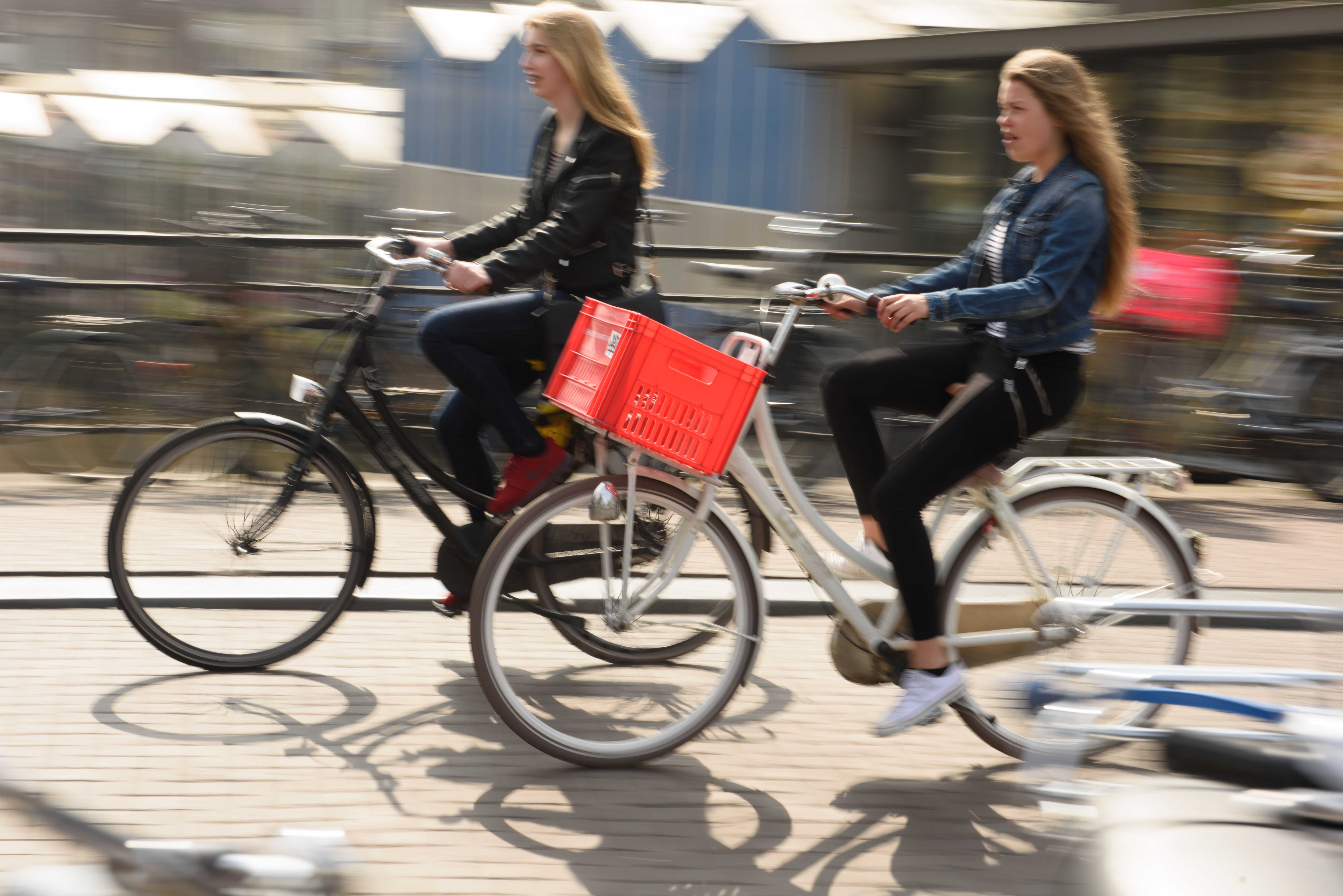
(Credit: Phyllis D Peterson/Dreamstime.com)
The Micro-Mobility Boom
Europe has emerged as a global leader in micro-mobility innovation. E-scooters, e-bikes and shared cycles are reshaping the first and last mile of urban travel. While the initial wave of scooters brought chaos to city streets, stricter regulation and smarter deployment are now making them a serious part of urban transit networks.
Cities such as Lisbon and Berlin have introduced geo-fenced parking areas, speed-limited zones and licence caps to ensure safe and orderly scooter operations. Paris, which famously banned free-floating scooters in 2023 due to safety concerns, is instead promoting a tightly regulated e-bike sharing scheme run by public operators.
Cities such as Lisbon and Berlin have introduced geofenced parking areas, speed-limited zones and licence caps to ensure safe and orderly scooter operations.
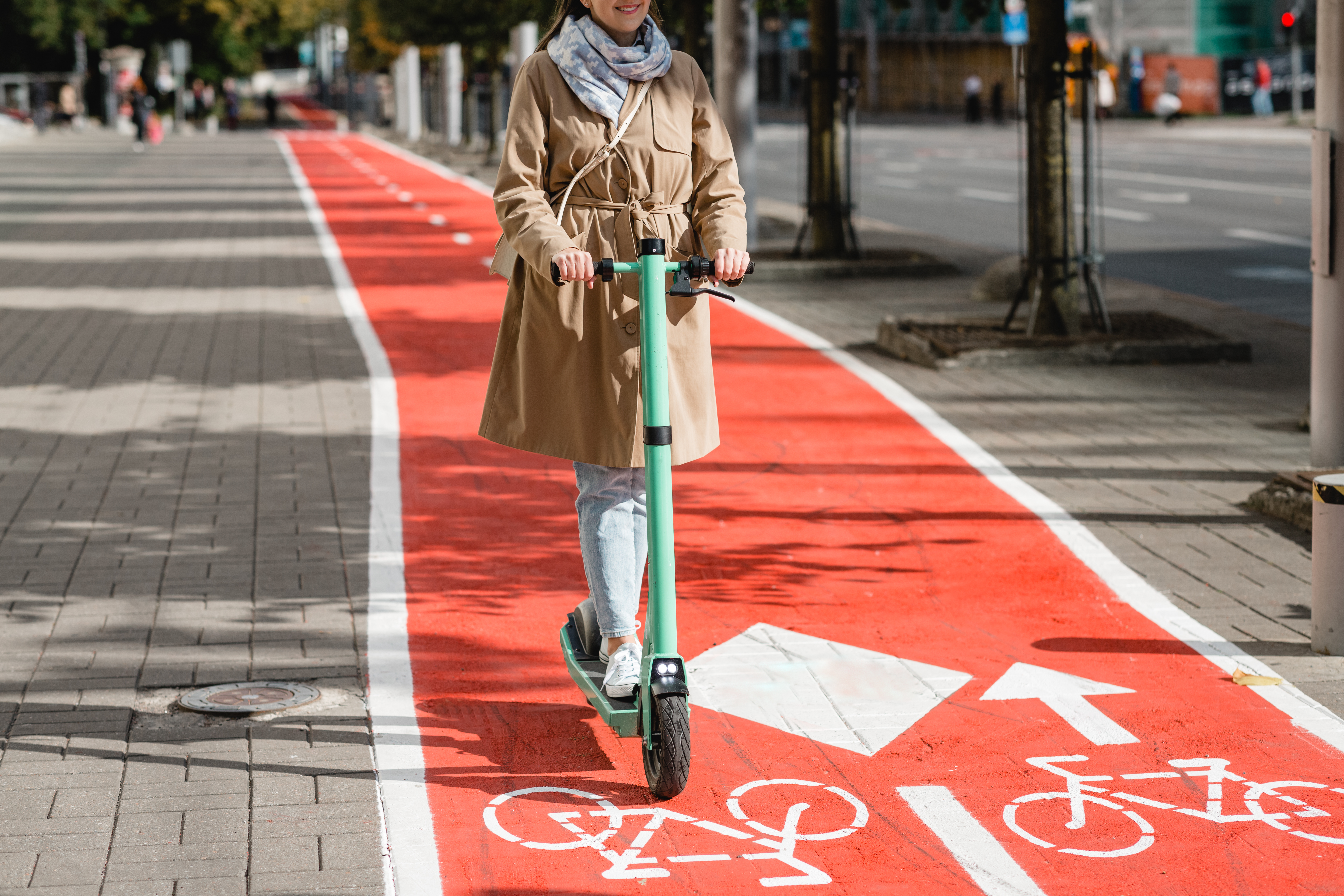
(Credit: Syda Productions/Dreamstime.com)
In the UK, the Department for Transport’s e-scooter trials launched during the pandemic in 2020 have been extended to 2026. Cities like Nottingham, Liverpool and Bristol are gathering data on safety, usage, and sustainability, which could pave the way for nationwide legislation.
The Electrification of Public Transport
Europe's commitment to phasing out fossil-fuel powered vehicles is driving a rapid electrification of public transport fleets. Norway, where 80% of new cars sold are electric, is pioneering electric ferries and buses. The city of Oslo now runs most of its public buses on electricity or biogas and aims to be entirely emissions-free by 2030.
Europe's commitment to phasing out fossil-fuel powered vehicles is driving a rapid electrification of public transport fleets
London, too, is electrifying its bus fleet, with over 2,000 zero-emission buses on the road and a goal of complete electrification by 2034. Glasgow and Cardiff are also transitioning to electric buses through the UK government’s Zero Emission Bus Regional Areas (ZEBRA) scheme. In total 25 local authorities are participating in the second round of ZEBRA, with £143m in funding available to purchase a further 955 zero-emission buses.
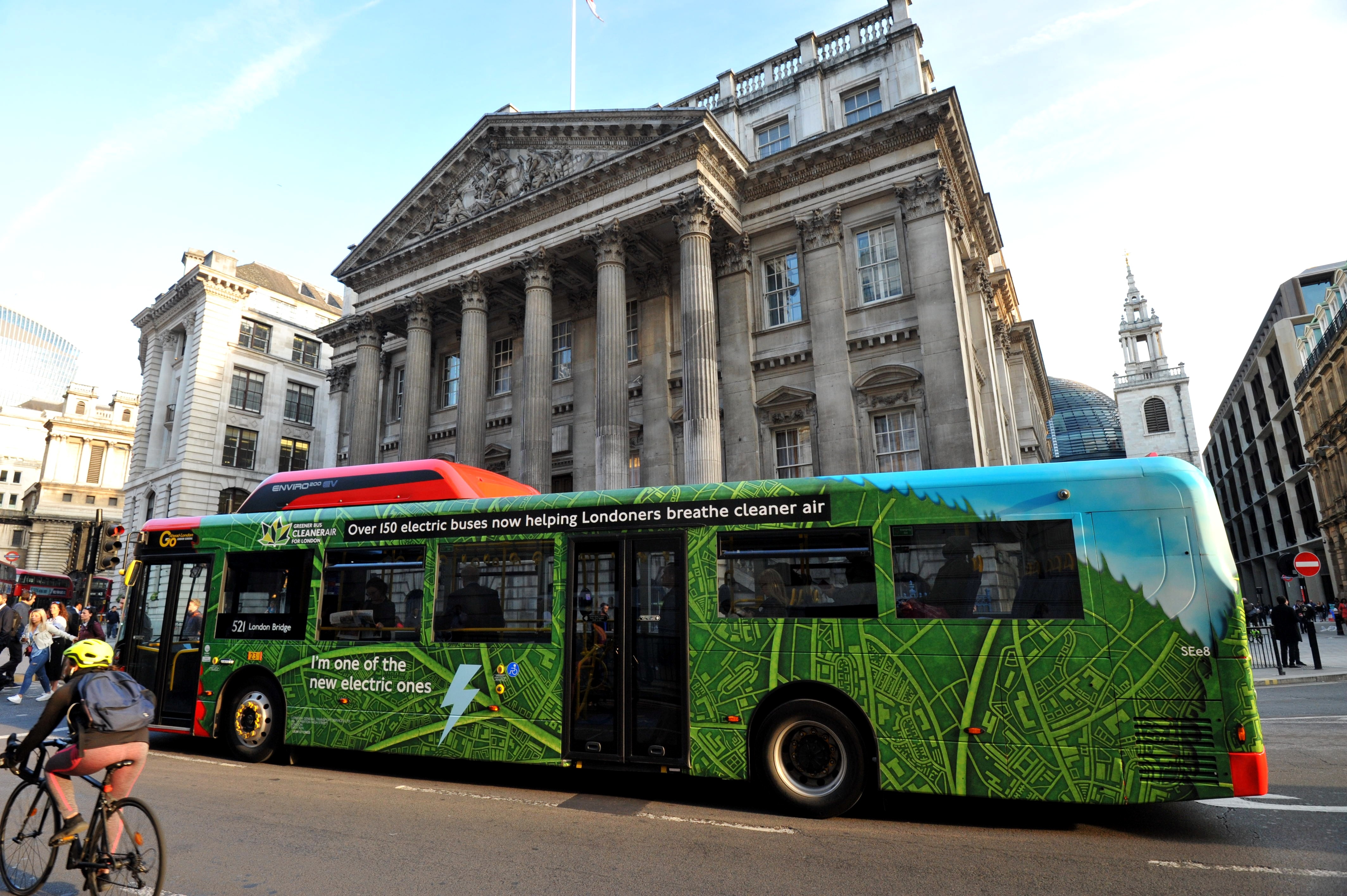
(Credit: Nicoleta Raluca Tudor/Dreamstime.com)
Continental cities are not far behind. Berlin’s BVG public transport agency is scaling up its battery-electric bus fleet, while Milan plans to retire its diesel buses entirely by 2030, replacing them with a mix of electric and hydrogen-powered alternatives.
Challenges on the Road Ahead
Despite significant progress, urban mobility still faces major hurdles. Public resistance to change, especially regarding car restrictions, can stall reforms. Data privacy remains a concern in an increasingly connected transport landscape. And cost is a constant issue, especially for smaller municipalities trying to modernise infrastructure.
There is also another conundrum to solve: not all innovations scale easily. The success of a bike-share scheme in Copenhagen may not translate directly to Manchester without cultural and infrastructural adaptations. The challenge for urban planners is balancing local context with global innovation.
So, as cities across Europe race toward net-zero targets and smarter urban design, the future of urban mobility is no longer theoretical - it is happening on the ground, in real-time,
The key to sustained progress lies in integration of data, of infrastructure, of services, and of communities. By aligning smart technology with inclusive design and clear policy, Europe is forging a path toward urban mobility that is not only efficient and clean but also deeply human.
In the years to come, the most advanced cities won’t necessarily be the ones with the coolest gadgets - they’ll be the ones where people move freely, safely, and sustainably. And if current trends hold, those cities are more likely than not to be found in Europe.
